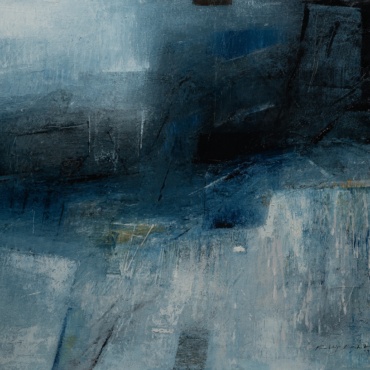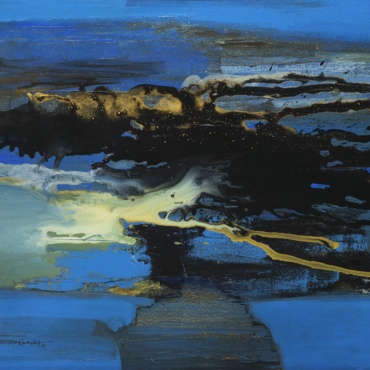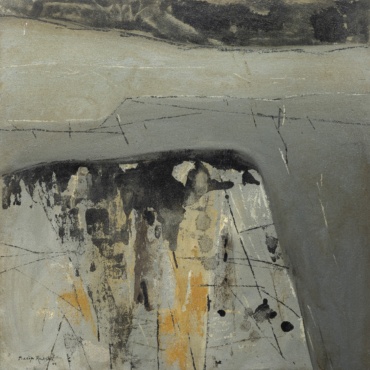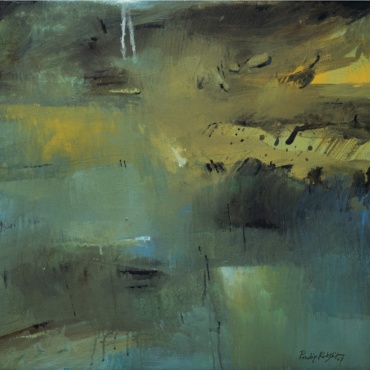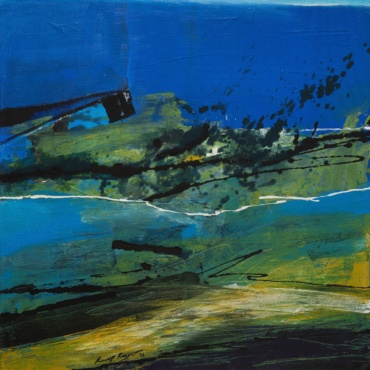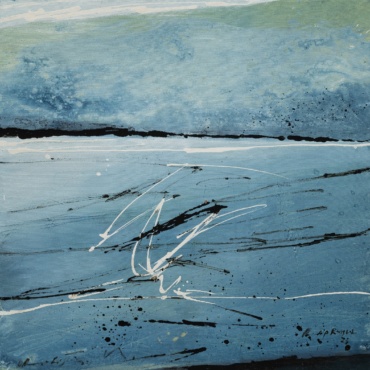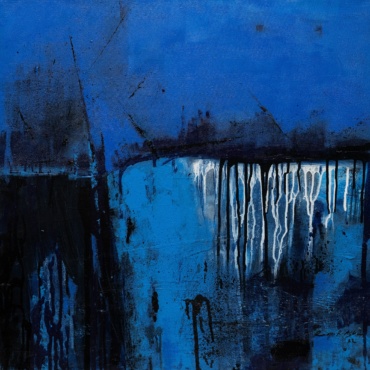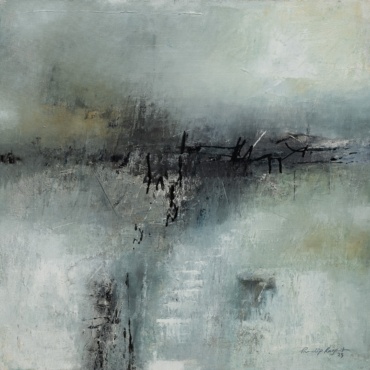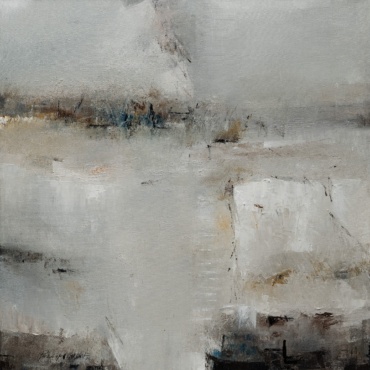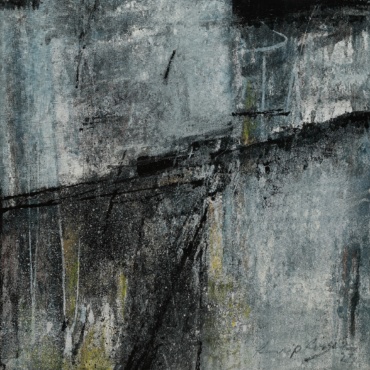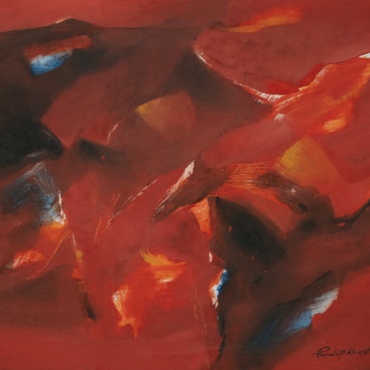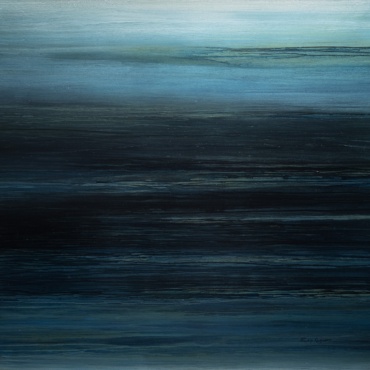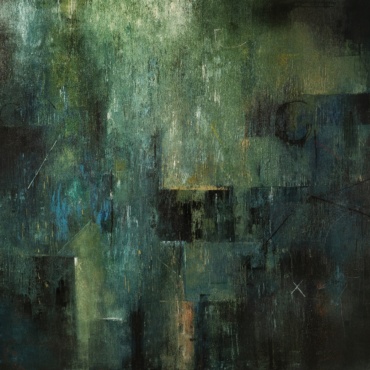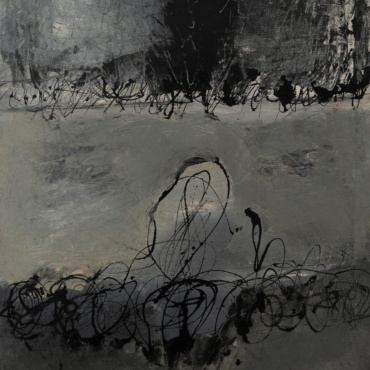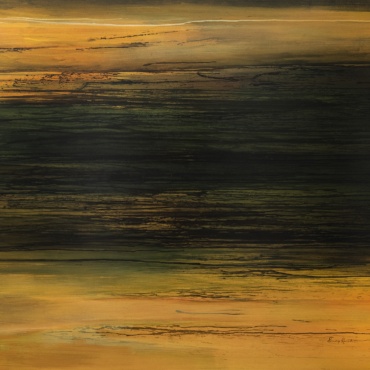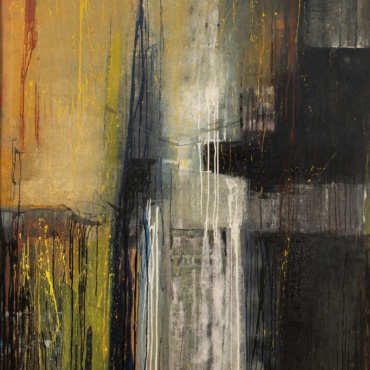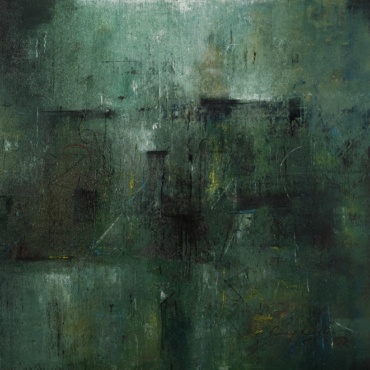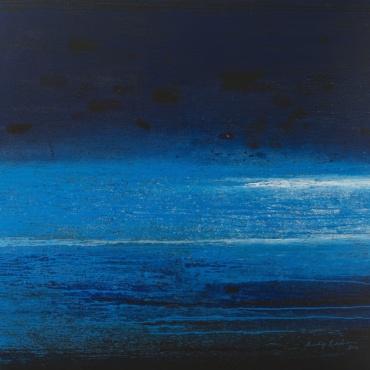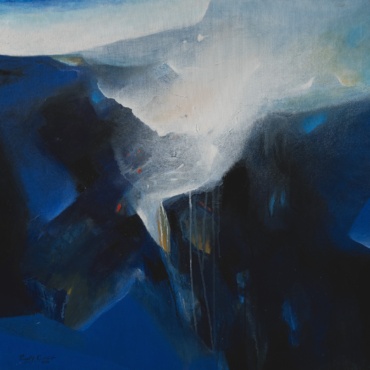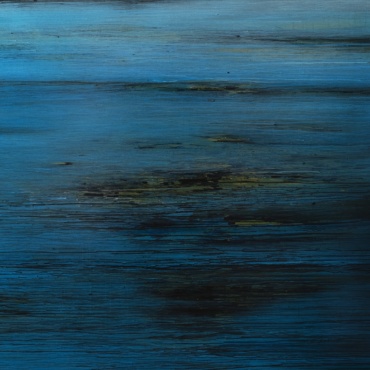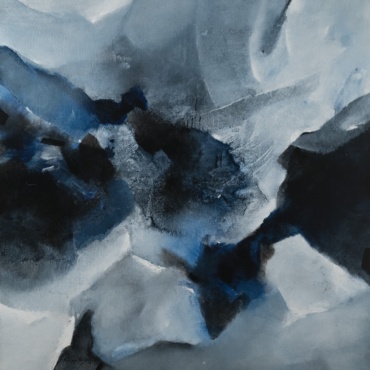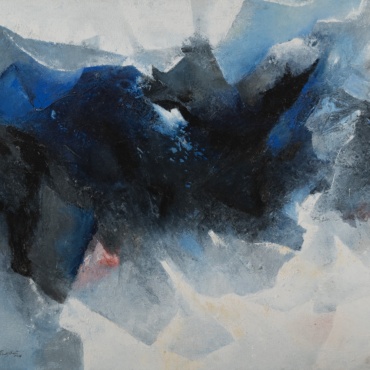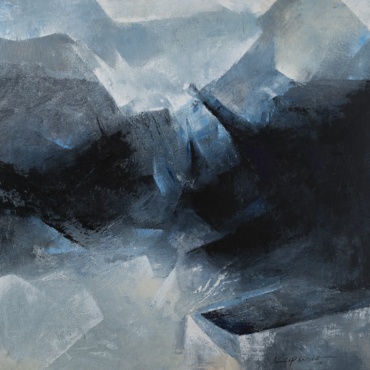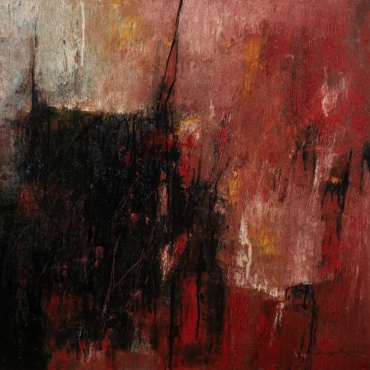Reminiscing the beauty of Nature
It was in the year of 1972, he arrived in Kolkata to become an artist. And exactly after three years he was enrolled in the government Art College. Being driven by the impulse of pursuing art, he left behind his beloved birth place and the golden days of his childhood and adolescence as well. Wasn’t his heart laden with grief?
In 1954, when he was born, the blackened fumes of modernity and the cacophony of technology could not encroach upon the calm and serene essence of nature in Dibrugarh. It was a tea-town. Situated at the east of Assam and on the border of Arunachal Pradesh, the then Dibrugarh earned her fame as the ‘tea town of India’. Later on, it gradually gained an importance in the Indian economic context because of oil industry. That was a different story altogether. But the person concerned, Pradip Rakshit, the artist whom the discussion is centered around, spent his childhood and adolescence in this town that had been developed around the bank of the river Brahmaputra. If one casted a glance towards the yonder hills one was likely to find an undulating greenery of tea plantation till to the end of the horizon. On the other bank of the Brahmaputra River lied the misty hillscape of Arunachal Pradesh. The human countenance reflected the abundance of the simplicity of nature. Nature and humans–both shared a natural bond.
He left behind his birth town along with its sights and sounds and migrated to a diametrically opposite city of Kolkata that was raucous and begrimed–wasn’t he upset? Did his relocation ever lead him to a different path? Let us now take a notice of his paintings. Considering his current website exhibition organized by ‘Debovasha’–an array of his large and medium works done in oil and acrylic makes it distinctly clear to us that after achieving the technical expertise in art from the Art College in Kolkata, whatever he had created by applying his modified skill naturally, were the reminiscence of nature that he had experienced during his childhood and adolescence. Those hills haunt him again and again as the blowing of the wind creates a wave-like movement on the viridescent blanket that tends to flow into the blue of the sky like the magical carpet of the Arabian Nights. Again, it is the shadow of that very blue that bends over the mirror-like surface of the Brahmaputra in self-offering.
Then, by which name this exhibition should be called other than ‘Reminiscing the beauty of Nature’?
Sometime earlier, I have made a mention of the refined and spontaneous skill acquired in the Art College. Can an educational institution impart any knowledge for us? Of course, in can. It can only provide shape to a structure. And here from, the self-development, the way of life and the essence of companionship gradually become more and more important in the life of the artist. The chemistry of these three elements consistently drives away the artist from the skill acquired in the Art College and beckons him towards the avenue of art paved by the artist himself. But why did I consider the collegiate education as something of ‘great importance’? For, one cannot surpass rhythm without knowing it.
How many of us can really afford to purchase paint-brush-paper in our childhood? What do we really have is an honest ardours. It was his enthusiasm that compelled him to draw all those tea gardens, hills and river page after page. He did not only try his hand on portraying nature with whatever available around him but also the portraits of the famous political personalities and men of distinction. Later in his life it inspired him to make attempts to create portraits that continues even today. Later on, a different exhibition can be organized with the portraits created by him. However, his yearning for art was initiated in his childhood as he watched a clay artist who happened to live next door, making clay idols. There was no dearth of encouragement on the part of his family members and his neighbours as well. Due to this reason, he decided to settle down permanently in Kolkata in order to become an artist since 1972. During his college days he participated in different exhibitions and kept in touch with the senior artists like Ganesh Pyne, Bikash Bhattacharya, Shyamal Datta Roy, Bijan Chowdhury, Jogen Chowdhury, Ganesh Haloi and so on who had shared their knowledge and experience with him. He spent a considerable amount of time of his college life engaging himself in figurative works. Later in ’87 he shifted to Bhopal as required by his job and came into contact with senior artist like Swaminathan and befriended Yusuf Ayer and Anwar with whom he had recurrent debates and discussions about art and paintings day after day. His passage through those experiences gradually and unknowingly helped him to select the subject of his works and little by little led him to change his style and technique that paved the way of his own artistic style.
In 1987, he was awarded by the State Lalit Kala Academy and in 1994-95, by the Academy of Fine Arts in painting. He was conferred ‘Artist per Excellence’ Honour by the Government of West Bengal in 2023. Many of his works have already been collected by Bharat Bhawan, Bhopal, Lalit Kala Academy of Delhi and Odissa and Birla Academy, Kolkata. His works have been displayed in a number of solo and group exhibitions through out the country. Let us get back to his art forms without making a list of his exhibitions. Besides skillful handling of oil and acrylic in creating landscapes, he brought in use the independent and unexpected movement of water colour.
On a rainy day, when water droplets glide down the window panes, the sceneries of the outer world seem blurred, don’t they? The trees and plants, the streets and alleys, the street lamps, the passer-by who hurries away with a brolly over his head or the stray pup that gets drenched helplessly–don’t they all appear to be smudged from the other side of the glass? All those landscapes carefully preserved in the treasure trove of time that leisurely flows down the mirror of childhood memories–the endless span of the artist’s subconscious finds its form in guise of abstraction.



